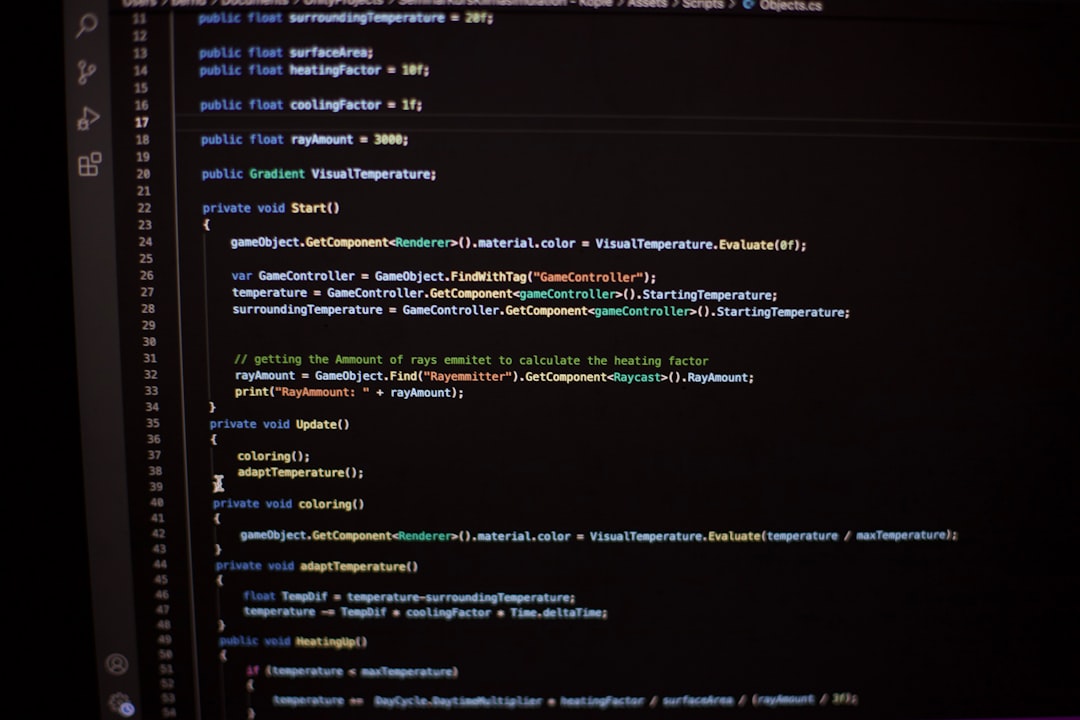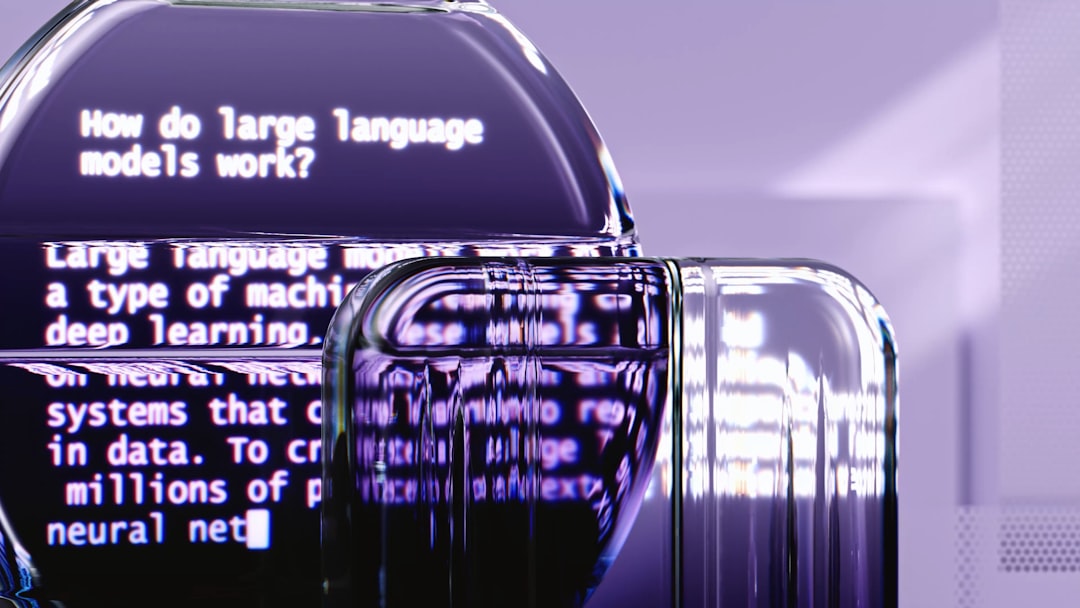Artificial intelligence continues to evolve at a staggering pace, and as we enter 2025, the landscape of AI assistants and content creation tools is brimming with innovative solutions. While OpenAI’s Sora has gained substantial popularity for its impressive capabilities in video generation and natural language interaction, a number of alternatives have emerged, each offering unique features and advantages.
Whether you are a content creator, business professional, educator, or enthusiast, selecting the right AI assistant or creation tool can be a game-changer. In this article, we’ll closely compare the most prominent OpenAI Sora alternatives as of 2025. We’ll look into their major features, usability, specialties, and ideal usage scenarios to help you make an informed decision.
Contents of Post
The Rise of AI Assistants and Media Generators
AI models like Sora focus on multimodal output, combining text, images, and even videos through a single intuitive interface. The rise of such AI systems has spurred the development of a variety of tools catering to different domains like education, entertainment, marketing, and customer support.
Here are some of the most talked-about OpenAI Sora alternatives making waves in 2025:
1. Anthropic’s Claude Vision
Claude Vision by Anthropic has been a standout alternative to Sora, especially in the educational and ethical AI space. Centered on transparency and safety, Claude Vision offers powerful visual and language capabilities that make it ideal for environments requiring responsible AI use.
- Multimodal Input: Accepts both image and text input, making it perfect for scenario-based visual learning.
- Explainability: Provides context-rich explanations for outputs, addressing the transparency concerns many developers and educators have.
- Ethical Framework: Built on Constitutional AI principles for lowering the risk of biased outputs or unintended misuse.
Ideal for: educators, healthcare professionals, and research institutions focused on responsible AI practices.

2. Google Gemini Ultra
Google’s Gemini Ultra has matured significantly since its first release. As a Sora alternative, it emphasizes depth, reliability, and scalability. Leveraging Google’s AI infrastructure and multilingual capabilities, Gemini Ultra has expanded to serve enterprise and global markets.
- Enterprise Integration: Seamlessly connects with Google Workspace, making it a go-to for business productivity.
- Global Language Support: Supports over 100 languages and dialects with near-human accuracy.
- Enhanced Visual Understanding: Interprets charts, figures, and documents, making it useful for data-heavy environments.
Ideal for: corporations, government organizations, and international teams requiring high-volume multilingual support.
3. Mistral Horizon
Mistral Horizon, developed by the European AI group Mistral, brings an open-source and privacy-centric approach to AI. With its lightweight architecture and modular design, Horizon is gaining traction among developers and data scientists who need flexible, deployable solutions.
- Decentralized AI: Supports deployment on secure on-premise environments, reducing reliance on cloud infrastructures.
- Plug-and-Play Modules: Users can customize outputs by adding or removing capability modules.
- Privacy Focus: Strict data encryption and user-controlled data logs built into the system.
Ideal for: developers, cybersecurity organizations, and users with heightened privacy demands.

4. Runway ML Gen-3
Runway’s Gen-3 model builds upon the company’s reputation in creative AI tools. It is designed specifically for video makers, animators, and storytellers who need cinematic-level AI-generated content. Compared to Sora, Runway prioritizes artistic freedom and stylistic variation.
- Real-time Video Rendering: Allows seamless generation of short films with real actors or stylized characters.
- Style Inputs: Users can provide artistic styles, color palettes, or even music to influence the generated visuals.
- Timeline-Based Editing: Integrates with video timelines for precise control over scenes and sequences.
Ideal for: filmmakers, marketing creatives, and multimedia studios looking to scale content production.
5. Meta’s LLaVA 360
Meta’s LLaVA 360 (Large Language and Vision Assistant) offers immersive 3D and augmented reality support that goes beyond basic multimodality. It provides a 360-degree environment rendering capability, making it a favorite in gaming, simulation, and education sectors.
- 3D Model Understanding: Allows users to interact with spatial objects for AR/VR applications.
- Voice Integration: Supplies real-time speech processing combined with visual cues.
- Augmented Instructions: Offers context-aware visual instructions for tasks in virtual environments.
Ideal for: game developers, design engineers, and instructors using immersive teaching technologies.
Comparing Key Features
While each tool offers its strengths, comparing them head-to-head across major parameters can help clarify their best applications:
| Tool | Multimodality | Ethical Control | Enterprise Suitability | Customization | Creative Capability |
|---|---|---|---|---|---|
| Claude Vision | ✓✓ | ✓✓✓ | ✓ | ✓ | ✓ |
| Gemini Ultra | ✓✓✓ | ✓✓ | ✓✓✓ | ✓ | ✓ |
| Mistral Horizon | ✓✓ | ✓✓✓ | ✓✓ | ✓✓✓ | ✓ |
| Runway Gen-3 | ✓✓✓ | ✓ | ✓ | ✓✓ | ✓✓✓ |
| LLaVA 360 | ✓✓✓ | ✓ | ✓✓ | ✓✓ | ✓✓ |
Which One Should You Choose?
Ultimately, your ideal Sora alternative depends on your needs:
- Need responsible AI with educational value? Go for Claude Vision.
- Looking for scalability and language support? Gemini Ultra would serve you best.
- Desire for privacy and open-source flexibility? Mistral Horizon is unmatched.
- Focusing on video storytelling and creativity? Runway Gen-3 is your friend.
- Building immersive 3D experiences? LLaVA 360 takes the lead.

Final Thoughts
As AI continues to diversify, the range of choices for users also grows. While OpenAI’s Sora remains powerful, the Sora alternatives in 2025 are setting new benchmarks in creativity, customization, and ethical AI. Whichever you choose, rest assured that the future of AI creation tools is richer and more impressive than ever.
The key is to align your AI assistant or generator choice with your specific goals—and 2025 gives you more power and choice to do that than ever before.

